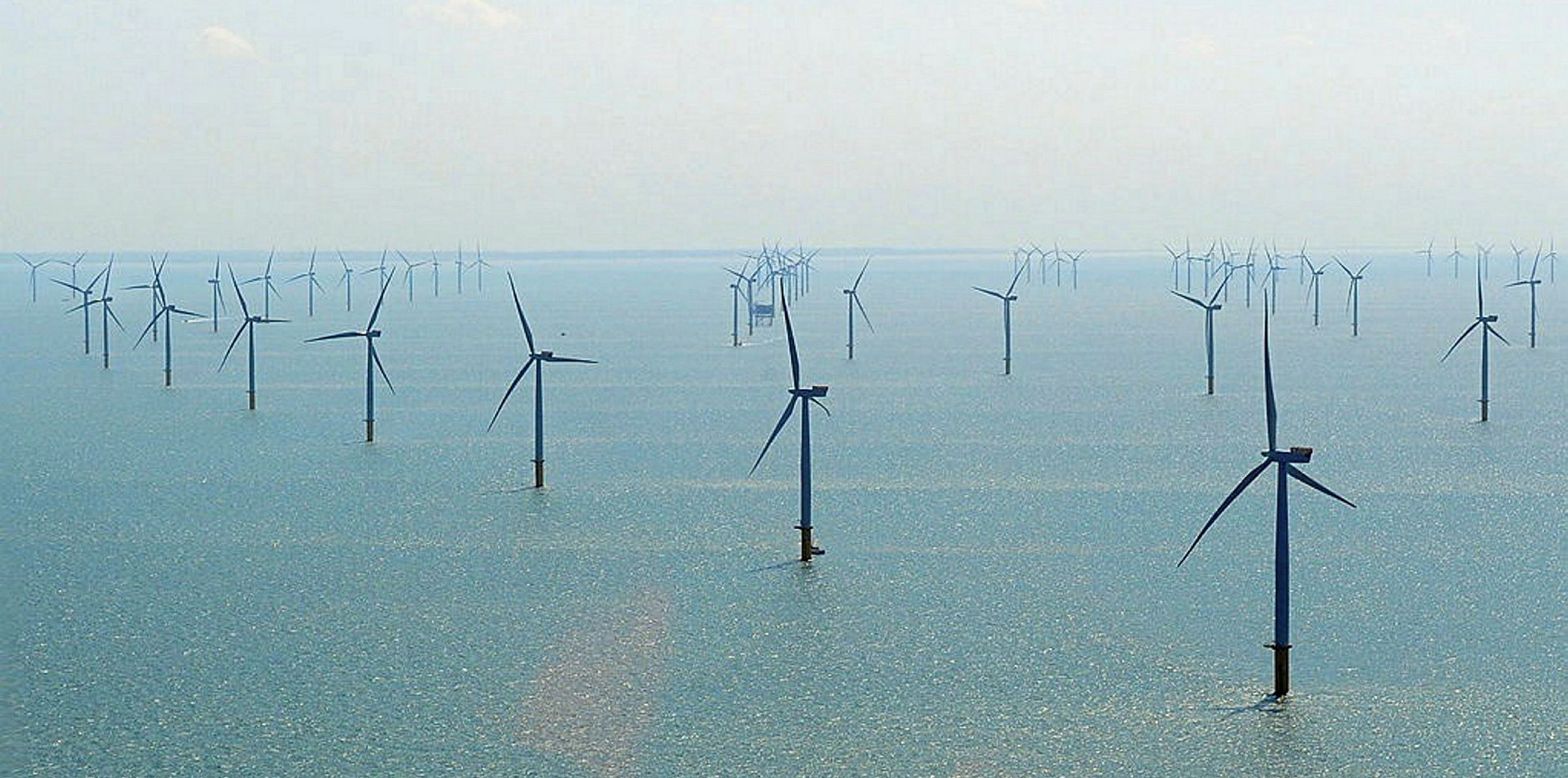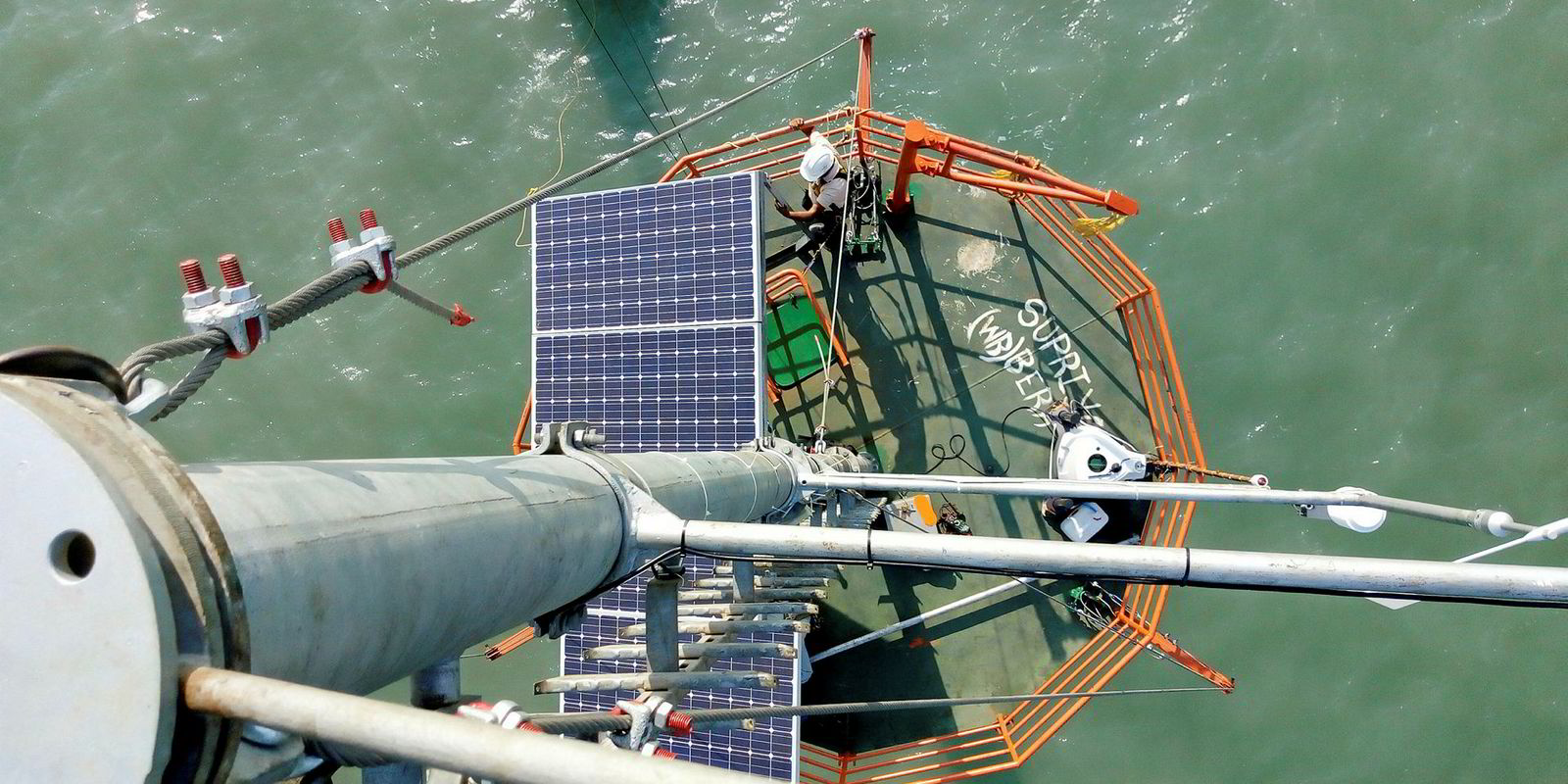Offshore wind is on the rise. We have seen a rapid succession of positive headlines from independent forecasters about the significant ramp up in offshore wind deployments globally.
This is further supported by recent news of offshore wind projects submitting successful ‘zero-subsidy’ bids, highlighting the enormous strides that have been made in recent years to reduce the cost of offshore wind energy.
Underpinning all successful wind projects is an accurate understanding of the wind resource and energy yield at the site. The net energy yield drives the revenue which a project can expect to receive, and it is crucial to have a good understanding of this across the wind farm lifecycle.
This fact holds true for maturing markets (such as Northern Europe) and emerging markets (such as the US and Southeast Asia) alike, where the competition is high and there is constant pressure to reduce costs and increase wind farm revenues.
Whilst the topics covered in this article focus on the implications for project finance, it should be noted that wind resource assessments also have a crucial part to play in accurately understanding the meteorological conditions at a site and the suitability of the site for the proposed turbine technology.
Long-term mean wind speeds, wind shear and turbulence intensity are just some key parameters from a wind resource assessment that feed in to the site suitability assessment and inform load calculations and turbine foundation design. Having increased confidence in the prediction of these parameters allows optimal design of foundations, which will ultimately benefit the Levelised Cost of Energy of a project.
So how do wind resource assessments feed into a wind project’s cost of energy? There are two main aspects from a finance perspective. Firstly, getting an understanding of the average net energy yield you might expect your wind farm to produce over its lifetime; this is described as the P50 exceedance value of net energy yield.
Secondly, understanding how accurate the net energy yield prediction is or, more simply, how much confidence you have in this estimate. This is typically described using the P90 exceedance value for net energy – the wind farm energy yield output can be expected to exceed this value 90% of the time over the project’s life. The P90/P50 ratio is a typical metric to describe the level of confidence in a prediction – the higher this ratio is, the lower the uncertainty in the prediction.
The P50 estimate will drive the revenue stream of the project and the P90 estimate will impact the cost of capital required for the project. Recent publications by the ORE Catapult on offshore wind cost reduction reported increasing confidence in the sector with both the cost of debt and cost of equity leading to a reduction in the cost of capital.
The evidence gathered as part of that work confirmed that a reduction in cost of capital has contributed to the overall reduction in Levelised Cost of Energy over recent years. Both these factors underline the importance of an accurate wind resource and energy yield production of a wind project in the pre-construction phase.
But how do we know the accuracy of our pre-construction estimates? We validate. This relies on access to suitable, high quality datasets to inform such exercises. In some markets, it can be challenging to obtain suitable datasets due to a lack of measurements or data confidentiality. However, where they are possible, validations are extremely valuable to the industry; not only can they support the accuracy of our assessments but they also provide the ability to learn from past analysis, improve industry methodologies and close any gaps. Sharing data within the industry is crucial to achieving this.
Two approaches can be taken to performing validations. Firstly, a bottom up approach, validating individual aspects of an analysis. Secondly, a top down approach, taking a more holistic view by reviewing actual wind farm production data from operational projects and reconciling that with pre-construction estimates.
Examples of recent evolutions in wind resource and energy yield from validations include:
- New approaches to quantifying uncertainty that consider non-linear energy sensitivities, and non-normal, asymmetric probability distributions.
- Revision of site specific turbine performance assumptions based on data from operational wind farms to adjust for local conditions.
- Improvements to wind flow modelling techniques to capture stable atmospheric flow conditions.
- Development of virtual meteorological data products to assist with long-term wind resource analyses.
Join me at 2.15pm (the Resource Assessment session) on day 2 of the Global Offshore Wind Conference in Manchester, where I will be talking specifically about a recent global validation of mesoscale modelling techniques to predict variation in wind speeds across project sites and how this impacts a project’s cost of energy. This is an example of a “bottom up” approach focusing on one aspect of a wind analysis.
Today, wind analysts are faced with a suite of sophisticated tools and techniques to support wind resource assessments. It is important when building our repertoire of sophisticated modelling techniques that we couple that with validation supported by “real world” data.
The outcome of any validation is a better understanding of the performance of the modelling techniques in question. Where possible, validations in different markets and wind regimes serve to increase the industry’s understanding of a models performance in a range of conditions, building confidence in the performance of that model and perhaps also providing a better understanding of where its limitations may be, which is also valuable information.
As we see the offshore wind market maturing in Northern Europe and emerging markets in the US and Southeast Asia, having a clear understanding of the performance of operational offshore wind farms and how they compare to their pre-construction forecasts is paramount to further advance and increase confidence within the industry. We must ask ourselves – is there more we can do as an industry to facilitate this? More data sharing through joint industry projects may be a way forward in breaking through data confidentiality concerns, for example.
Whichever route is taken, remember – Keep Calm and Validate!
Marie-Anne Cowan is technical lead for offshore wind resource and energy yield assessments in Northern Europe at DNV GL
This is one of a series of blog posts from RenewableUK in the run-up to Global Offshore Wind 2018


